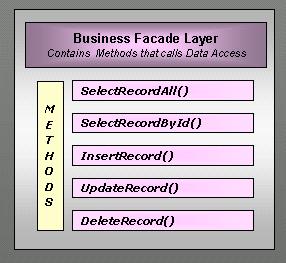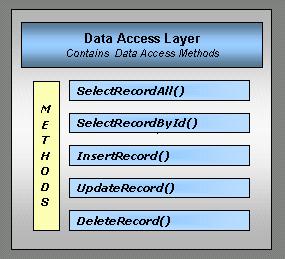In my previous post about the command pattern, I gushed about how much I loved it. That doesn’t mean that the command pattern as originally envisioned is still completely in fashion.
In particular, the notion of “Undo” was one of the major features in the command pattern’s cap. Today, that is almost never the case. Sure, if you are building an application such as an editor. Something like Photoshop or a text editor would find the notion of commands with the ability to have an undo stack very compelling. Other than that, however, that is a very rare need.
In most business scenarios, there really is no good way to undo things. How would you implement SendEmailCommand.Undo(), for example? But even something like PlaceOrder.Undo() is a lot more complex and hard to do than you would think. The mere notion of undoing the operation assumes that this isn’t going to have any side affects. But cancelling an order may result in cancellation fees, require you to ship back things you got back, end. It is not “Undoing PlaceOrder”, rather that is a whole different and distinct business process, usually represented by another command: CancelOrder.
Another common issue that people have is the degeneration of the entire architecture to something like:
CommandExecuter.Execute(Command cmd);
To that I answer, more power to you! I love code that is composed of a lot of small classes all doing things about the same way. There is no easier way to look at a system, and that allows you to quite easily add additional functionality to the system easily. That said, mind how you handle routing in that scenario. I have seen people go into the “when a request comes to this URL, let us invoke the following commands” in XML. One of the reasons that people dislike this approach is how you actually call this. If just getting to the command executer is hard and involved, you lose a lot of the advantages.
This popped up in the mailing list, and I really dislike it. The notion of Composite Command. A command that can execute multiple commands. Now, from a programming point of view, I can easily see why you would want to do that. The PlaceOrderCommand operation is composed of a lot of smaller commands. But, and this is important, the notion of Composite Commands basically mean that you get the same thing as the PlaceOrderCommand, but you just lost the name. And naming is important. Almost as important, error handling is quite different between different business scenarios, and you sometimes end up with something like:
1: var placeOrderCommand = new CompositeCommand(
2: new RegisterOrderCommand(),
3: new ReserveStockCommand(),
4: new ChargeCardCommand(),
5: new ShipOrderCommand()
6: )
7: { 8: Sequential = true,
9: StopOnError = true
10: }
And this is simple, how do you handle an error in the ShipOrderCommand after you already charged the card, for example?








